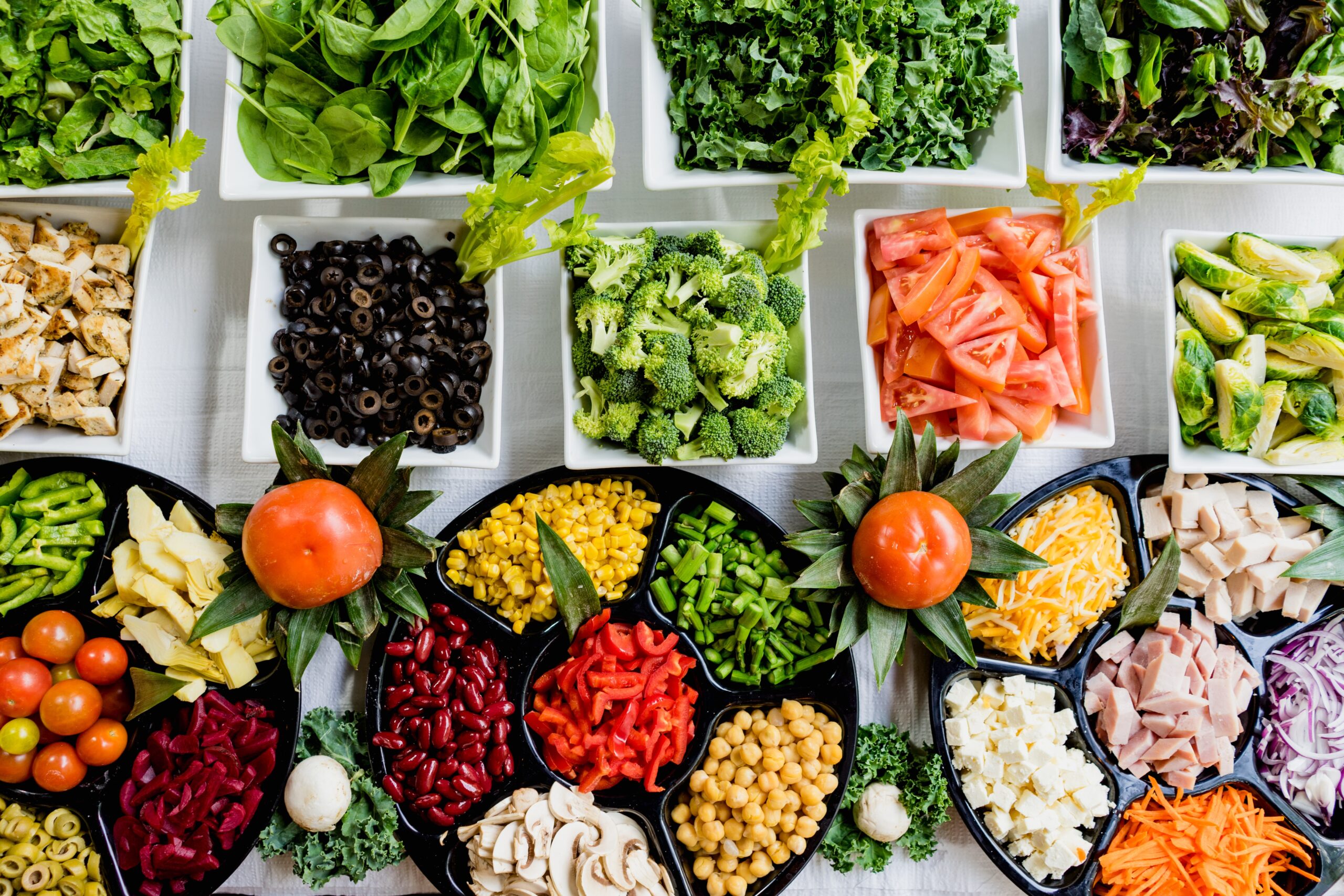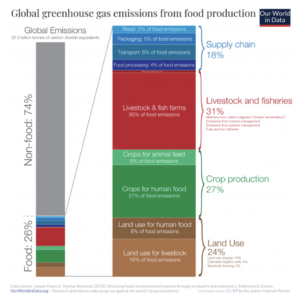
A Code Red for Humanity
The latest IPCC Report, released in August this year, states three key things:
- Human activity has caused the dramatic rise in global heating
- We will exceed heating of over 1.5C and 2C (above pre-industrial levels) unless vast reductions are made now
- If we don’t there’s going to be catastrophic consequences for all of us
In the UN Secretary-General’s words “this is a code red for humanity”. In Sir David Attenborough’s words “we are witnessing Earth’s sixth mass extinction”.
In a bid to deal with this, in 2019 the UK Government established a legally binding target of Net Zero carbon emissions by 2050 and has recently gone a step further by issuing a Procurement Policy Note that means all public sector suppliers must submit a carbon reduction plan detailing their carbon footprint and commitment to achieving Net Zero by 2050. The majority of RFI’s and RFP’s that we support as consultants now request tendering companies to demonstrate their 1.5C target and how they are going to achieve this.
One of the key carbon hotspots for events is flying, which can account for up to 80% of an event’s footprint. The key take-out here is that we must continue to utilise the virtual world we have relied on so heavily in the past couple of years. The ‘engagement space’ has changed and a blended approach to event design and delivery is now the norm. Put simply, those that blend best will do better.
However, what is often missed is the hidden carbon in food. Responsible Travel’s research shows that what we eat when we arrive at the destination can be the cause of far more carbon emissions than the flying itself. As an event planner, it is essential to firstly “make your flying count” and only fly when absolutely necessary, and secondly, ensure that you always consider the hidden carbon from the food being served at the event and take priority action to reduce it. This article will help you do that.
What is ‘foodprint’?
Foodprint is the carbon footprint and any other environmental, social, and economic consequences caused by food-related human activity.
The carbon foodprint
We live in a world where an estimated 1/3 of all food produced is lost or goes to waste, and where all food chain activity combined accounts for 1/4 of global greenhouse gas emissions. Added to this, half the food we throw away is still edible, that’s over 3 million tonnes of food every year in the UK alone!
In tourism and hospitality almost half of all waste we produce is food waste and one third of this is from plate waste. If we are serious about dealing with our foodprint, we must get serious about reducing food waste.
Another hotspot we must take into consideration is agricultural practices, caused by animal-based diets. As can be seen from the below, it is not supply chain impacts that result in the largest emissions, it is the combined impact of livestock, fish farms and associated land use that make up more than half of all food production emissions. Moving to a more plant-based diet is therefore key to reducing your food print.

Figure 1: Our world in data (2019). Global greenhouse gas emissions from food production (Last accessed 05.10.2021).
Beyond carbon
Our foodprint has far-reaching environmental, economic and social implications, and global food systems are critical to achieving progress on all 17 UN Sustainable Development Goals (SDGs). Making food systems more sustainable is vital to reduce and end hunger (SDG2) and support climate action (SDG13). But food systems are also important, among other things, to…
- …support gender equality (SDG5): Women are still up to 11% more likely than men to face food insecurity. Sustainable food systems have to empower women and support their livelihoods around the world.
- …ensure clean water and sanitation (SDG6): Almost 70% of freshwater is used for agricultural irrigation. Sustainable food systems have to ensure a more sustainable use of this most precious resource and increase access for those 2 billion people still lacking safely managed fresh water, while reducing the amount of pollution in our water systems.
At a more local level, social issues have been highlighted by BREXIT and the global pandemic, that include poor wages and working conditions, and hence dwindling staff resources. According to the International Labour Organization, the hospitality industry and food and drink product supply chains are also identified hotspots for modern slavery risks. So, when tendering contracts, it is important to ask your potential catering providers to provide assurances that suitable controls are in place to ensure all associated social risks are being effectively managed.
What to DO?
It can be quite difficult to get the right response and expertise from the general catering industry so as event managers we must act as the driver for change. In other words, if we expect to be offered the environmental choice on a plate by our venue and catering providers, we will be disappointed. But if, as an industry, we become a key influencer then change is more likely.
First and foremost, it starts with re-thinking, taking into account the social and environmental impacts of each potential food-related action you could take. What is the BOSS (Best Overall Sustainable Solution)?
Below are some simple actions you can take to reduce your foodprint and use the event as a creative opportunity to mobilise and amplify positive change. Communicate your identified sustainability goals relating to food and drink to all potential providers as part of the pre-qualification process and ask for documented assurances that they can be met.
- Reduce your food waste
- Know the number of attendees eating at your event and get clear on their dietary requirements; being informed is key in preventing over-ordering and needing back-ups.
- Make sure this is information is communicated with the food provider with enough notice and find out what the hard deadline is in advance so you can push against it.
- Have a plan in place in case of surplus food, are there any community-based initiatives you can work with to distribute this?
- Encourage caterers to get creative in using parts of food that typically go to waste (e.g., peelings, stems, etc.)
- Avoid single serve packaged foods, wherever possible. Just avoid them!
- Find out what disposal routes they can provide for food waste – when food waste ends up in landfill it produces methane which has a global warming potential 21 times greater than CO2.
- Reduce the meat and dairy products at your event
- Be bold and set a stretch target of 70% of the food to be vegetarian/vegan
- Ensure this is communicated with the food provider from the outset
- Use communication touchpoints to inform attendees about the reduced meat/dairy menu, why this is reducing the event’s carbon impact and the positive impact this will leave behind after the event
- If you’re providing a buffet, stay in control of volumes
- Provide smaller plates and serving utensils to prevent plate waste
- Prepare food as it is needed rather than making large quantities in advance
- Use signage that invites attendees to return to the buffet for more food rather than taking too much at once
- Buy local, seasonal and sustainable produce
- Create exciting menus that celebrate local communities and seasonal changes. This re-establishes emotional connections with the food that we eat, is good for the local economy, enhances the taste of the produce, helps reduce carbon impacts and allows you to create a lasting legacy through the promotion of local, seasonal goods
- Ensure all eggs are free range, all fish and seafood are certified sustainable. Look out for Red Tractor Certification, which is only found on British food and drink products that have met rigorous standards from farms to pack.
- Modern Slavery
- Collate assurances that modern slavery risks are being managed and that sufficient staff are available to ensure quality of service and that they will be paid the living wage
- Collate assurances on how your catering provider manages their suppliers and the modern slavery risks associated with the food products being served, in particular those that are associated with tea, coffee, sugar, fish, palm oil, nuts, and fruit and vegetable picking
- Communication
- Think creatively about the storytelling around the food at your event, this will add to the event experience and bring attendees into the conversation around sustainable food consumption. For example, at an EVCOM event, the local food suppliers came and spoke to guests about their produce, could this be extended to the chefs making an appearance during the meal?
- Educate attendees on the carbon impact of the food. For example, our carbon consultant has created a brilliant tool called ‘Rate my Plate’ which enables you to work with your food provider to create menus that are lower carbon
- Engage your staff on these impacts so they are prepared for any questions from attendees
- Share your savings with attendees after the event – how much food waste was prevented? What were all the positive outcomes they were a part of making possible? Say thank you.
- Tracking and reporting progress
- Find your baseline and start to track your savings – environmental (carbon, waste etc.) AND associated cost and set improvement targets for the next event. Communicate this to senior management along with the value at the level of the brand (yours and your clients) that has been achieved through your actions to reduce the event foodprint and your commitment to be consciously creative.
In a nutshell, only action creates value. Use the above to take action in the areas that matter most.
How We Can Help
We can help you fully integrate sustainability into your existing processes, so it becomes ‘part-of’ the way you design and deliver events by:
- Achieving best practice by using ISO 20121 as a framework for identifying your event hotspots and taking practical, measurable action on them
- Training your teams so they embed sustainability into their thinking and decision-making
- Communicating effectively with your clients so you use your creative skills to engage clients from the very start
- Build sustainability into the creative output so you harness the power of communication to amplify positive change
- Identifying sustainability outputs and outcomes from your work i.e., what the result was and what this means for you and your clients across people, planet, and profit
- Undertaking a meaningful carbon footprint of your organisation, estabishing your 1.5C pathway and helping you to take action to stay within this
- Continually improving your sustainability performance throughout your organisation, from purpose and strategy to policy, process, action, data evaluation and reporting

